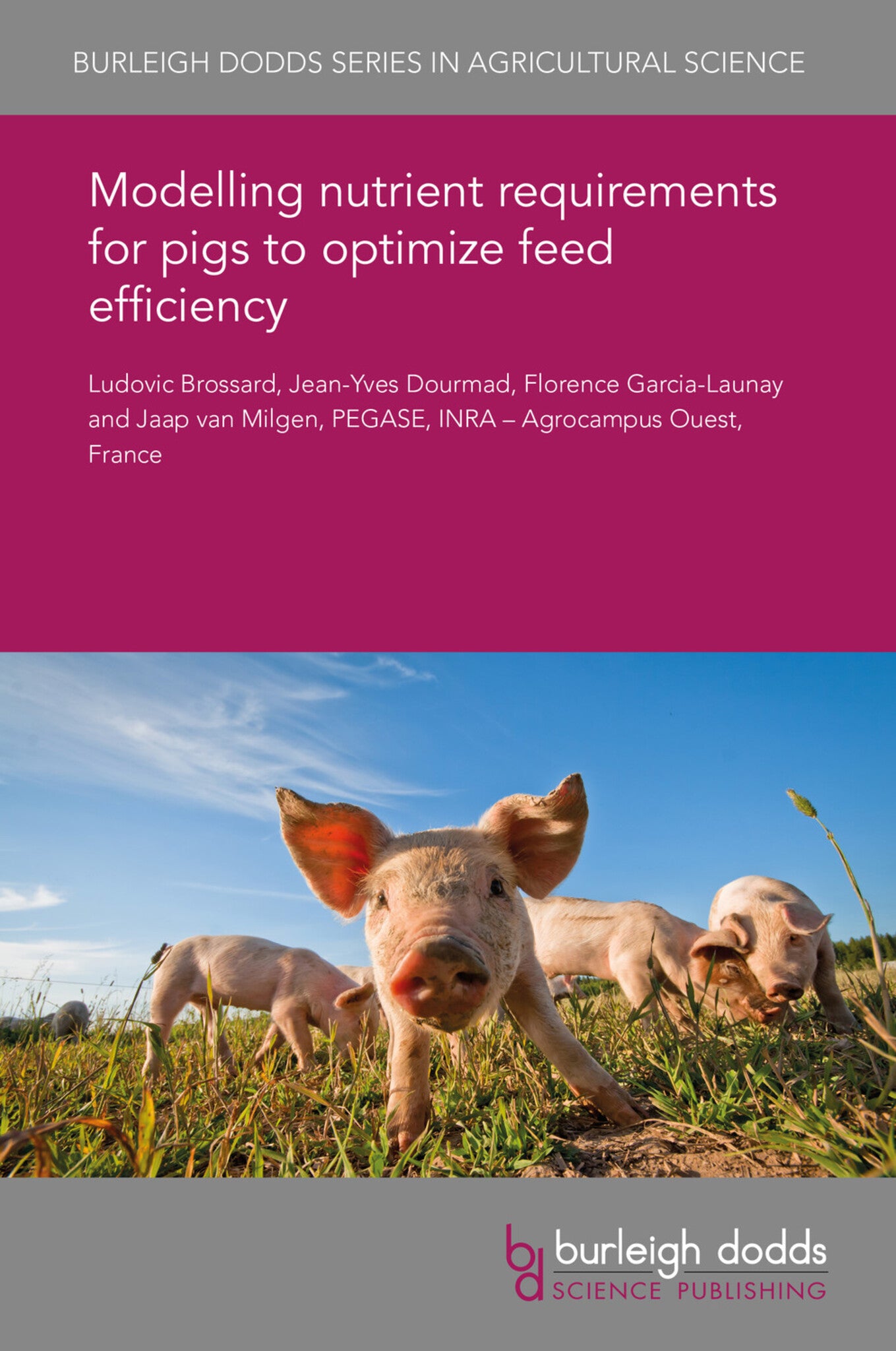We're sorry. An error has occurred
Please cancel or retry.
Modelling nutrient requirements for pigs to optimize feed efficiency
Regular price
£25.00
Sale price
£25.00
Regular price
£25.00
Unit price
/
per
Sale
Sold out
Re-stocking soon
Improvement of feed efficiency is crucial if pig production is to meet the challenge of sustainability in terms of production costs and environmental impact. This implies to precisely know the nutr...
Read More

Some error occured while loading the Quick View. Please close the Quick View and try reloading the page.
Couldn't load pickup availability
- Format:
-
18 October 2017

Improvement of feed efficiency is crucial if pig production is to meet the challenge of sustainability in terms of production costs and environmental impact. This implies to precisely know the nutrient requirements of sows and growing pigs to develop adapted feeding strategies and thus optimize performance. This chapter describes existing modelling approaches developed to predict the nutrient requirement of a single individual animal (growing pig or sow) in terms of protein/amino acids, energy and minerals, and depending on characteristics of the pig and the feed, and environmental conditions. The chapter proposes and explains the integration of individual variability among animals into models for pig feeding, its application in precision feeding, and illustrates via a case study the relevance of the application of these models for improving feed efficiency.

Price: £25.00
Publisher: Burleigh Dodds Science Publishing
Imprint: Burleigh Dodds Science Publishing
Series: Burleigh Dodds Series in Agricultural Science
Publication Date:
18 October 2017
ISBN: 9781838795108
Format: eBook
BISACs:
TECHNOLOGY & ENGINEERING / Agriculture / Sustainable Agriculture, Animal husbandry, TECHNOLOGY & ENGINEERING / Agriculture / Animal Husbandry, Sustainable agriculture

1 Introduction 2 Modelling pig nutrient requirements 3 Population, variability and feed requirement modelling 4 Towards precision feeding 5 Case study 6 Conclusion and future trends 7 Where to look for further information 8 References



